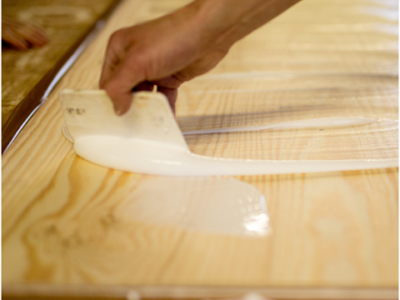Fire safety design principles are at the forefront of protecting lives and properties in the event of a fire outbreak. Among these principles, the selection of appropriate building materials stands as a critical factor in mitigating the spread of fire and minimising its impact.
Let’s ignite your knowledge by looking at why building materials matter in fire protection engineering.
1. Fire-Proofing Pioneers
Fire safety design principles kick off with materials that are as fire-resistant as a superhero’s suit. Beyond the mentioned materials like gypsum boards, intumescent coatings, and fire-retardant-treated wood, recent advancements have introduced novel solutions. For instance, aerogel-based insulation materials exhibit exceptional fire resistance while offering superior thermal performance. Additionally, developments in nanotechnology have led to the creation of flame-retardant coatings with enhanced durability and effectiveness.
2. Smoke, Smoke, and Less Choke
In tandem with fire-resistant properties, the focus on minimising smoke and toxic gas emissions underscores the importance of occupant safety during fire incidents. Alongside traditional measures such as smoke detectors and ventilation systems, materials engineering plays a pivotal role. Advanced smoke suppression additives incorporated into polymers and textiles inhibit smoke formation, reducing the risk of smoke inhalation-related injuries. Moreover, the adoption of nanomaterials in building components facilitates the development of self-cleaning surfaces that mitigate the accumulation of soot and particulate matter during fires, further enhancing air quality.
3. Staying Strong When It’s ‘Lit’
The resilience of structural elements under fire conditions hinges on the inherent properties of construction materials. Beyond fire-resistant steel and concrete, recent innovations have introduced composite materials with tailored fire performance characteristics. Fibre-reinforced polymers, for instance, offer high strength-to-weight ratios coupled with excellent fire resistance, making them ideal for applications requiring both structural integrity and fire protection.
4. Fire Safety with a Green Twist
In response to growing environmental concerns, the intersection of fire safety and sustainability has spurred the development of eco-friendly building materials. Beyond merely withstanding flames, these materials prioritise renewable resources and have a low environmental impact throughout their lifecycle. Emerging bio-based composites derived from agricultural waste and recycled fibres exemplify this ethos, offering both fire resistance and carbon neutrality. Furthermore, advancements in additive manufacturing techniques enable the production of complex geometric structures using sustainable materials, expanding the possibilities for environmentally conscious fire safety design.
Conclusion
The continual evolution of building materials in the realm of fire protection engineering not only emphasises the paramount importance of safeguarding lives and property in the face of fire incidents but also underscores broader imperatives such as sustainability, innovation, and occupant well-being. As we navigate an era characterised by increasingly complex challenges, from urbanisation trends to climate change impacts, the role of materials science in fire safety assumes heightened significance.
Ultimately, the journey towards safer, more sustainable built environments is an ongoing endeavour, shaped by the collective commitment of stakeholders across sectors and geographies. By embracing a shared vision of fire safety as a cornerstone of resilient, equitable societies, we can forge a path towards a future where every building stands as a beacon of protection, innovation, and sustainability.














Comments